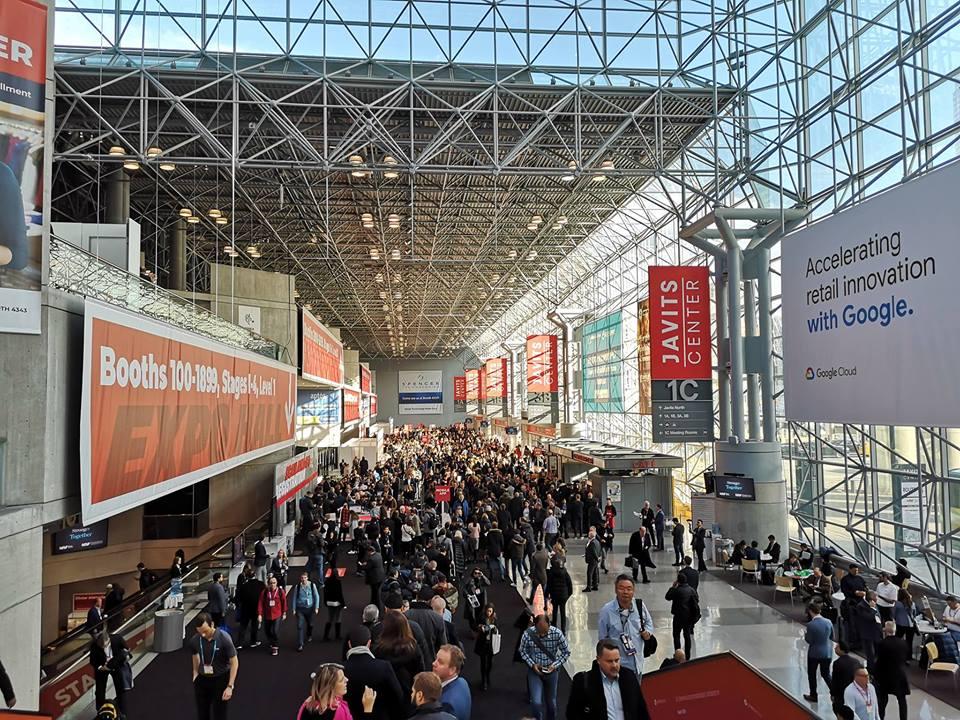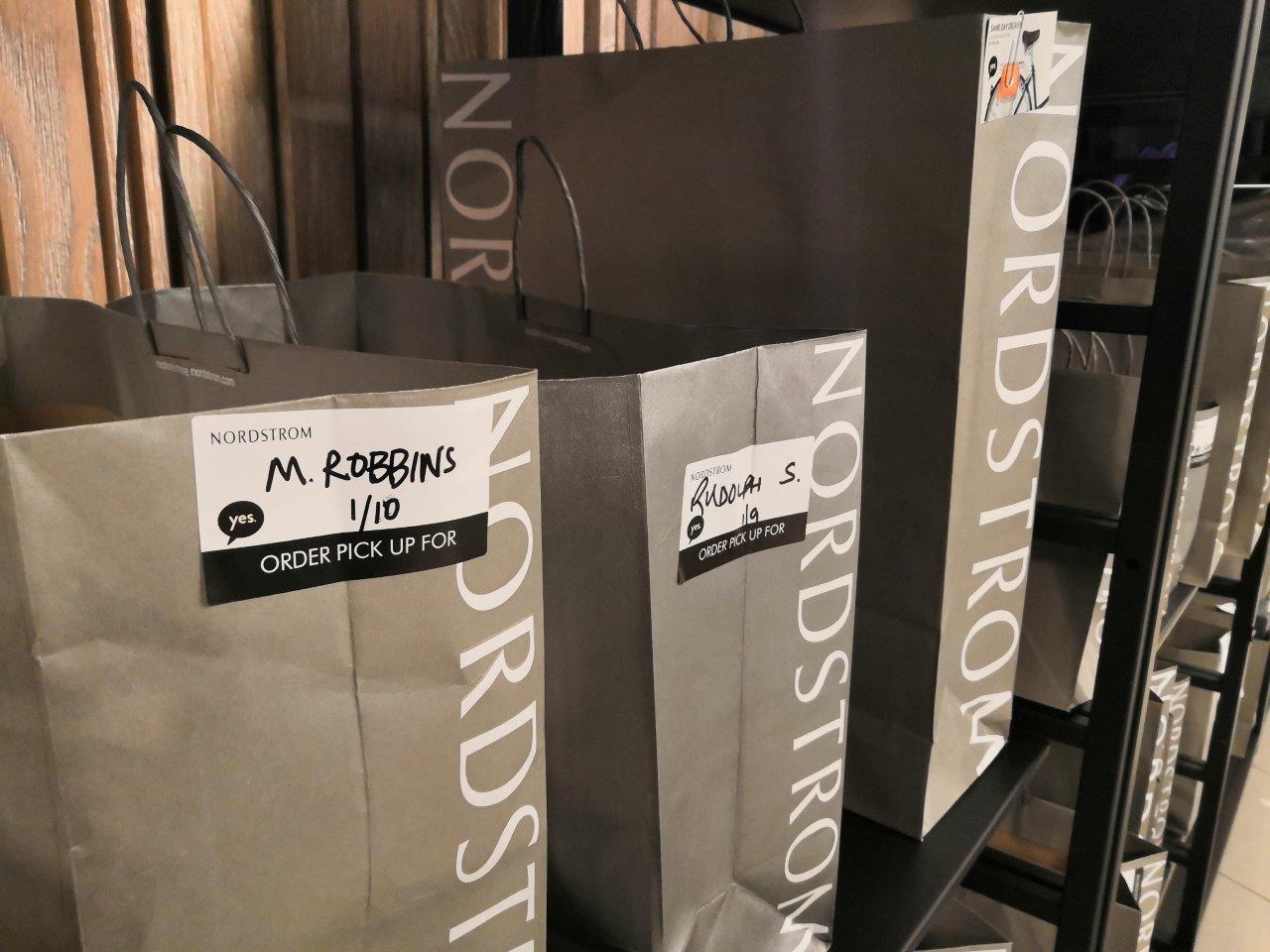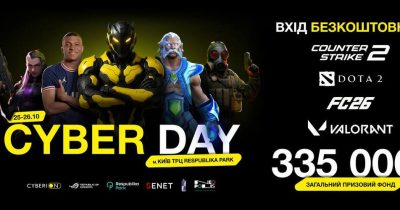
Public Voting for the RAU Awards 2025 Has Begun


 14.02.2019 04:00
14.02.2019 04:00IDNT Founder and CEO Nikolai Chumak attended NRF Retail’s Big in New York. He talks about innovations and major trends in global retail in his column.

A couple of weeks ago, the largest event in the world of this year’s retail from National Retail Federation USA – NRF Show & Expo 2019 – ended. The event gathered 38,000 participants from 99 countries, including 16,000 retailers and 800 exhibitors. For three days the IDNT delegation studied the retail market trends, technology and development for retail, tested new solutions in interactive communications, augmented reality, digital signage, etc.
Innovations presented at NRF Retail’s Big Expo can be grouped into three directions: the purchase process improvement, check out and supply chain. The latter concerns the systems of accounting, collection, analysis and the analytical data using. This is the retailers’ desire in real time to know everything about the product and its movements, consumers and partners, as well as the outlets state. This is the separate article topic, so now I will focus on the first two points, which relate to the customer experience formation. The most interesting thing, of course, is to find the trends’ confirmation in real stores, where innovative solutions are already being used in practice. Here are a few ideas that we will soon be able to see.
1. Electronic price tags. The electronic price tags emergence is not long news. However, these devices are now becoming the part of complete solutions based on cloud technologies and a marketing tool. Retailers understand that buyers do not want to spend time studying advertising materials on the trading floor. Therefore, it is advisable to place all the necessary information as close as possible to the product, and not on banners under the ceiling or in shop windows.
People always look at the price tags. Now the price tags become advertising posters with the ability to show content for each position.
A control system allows making this content color, dynamic and effective. Price tags are transformed from silent tablets into dynamic advertising media. By the way, this allows clearing the trading floor from posters, banners, wobblers and other visual noise.
2. Various ways of approaching check out at the purchase decision making moment. You can remember the buying process in a department store or a large store. You choose things at first, then look for fitting- rooms, then stand in line at the cashier. You are tempted to postpone at each stage a couple of things, having doubted the need to purchase. Some American retailers are struggling not to ensure that the check was as long as possible for the buyer, but that the purchase took place as quickly as possible. It is also about reducing the barriers in the distance between the shelf with the goods and the exit from the store. Several solutions are being implemented at once for this.
For example, the fitting-rooms are located in every department in the new department store Nordstrom in New York, in addition to the traditional fitting-rooms in the trading floor depth.

The client can immediately perform the fitting, taking the goods from the shelf, without leaving the department, if necessary, try a different size or related product. Further, it is not necessary in order to pay for the goods to look for the cashier in the neighboring department, since small cash nodes are throughout the space. Another option is mobile payment terminals based on smartphones, with the help of which the staff can make a purchase anywhere in the sales area. Thus, the client can, without departing from the shelf with the goods, perform fitting and payment, and then continue shopping.
In some stores there is the self-payment possibility in the trading floor any part using a mobile application.
The client is offered to open the application, take the QR price tag code photo and the money is automatically deducted from the payment card attached to the application. Then the buyer can take the package and leave the store or continue shopping without contact with the staff.
3. Retailers are actively implementing pick up in physical stores. Chain stores equip special pick up-zones where you can try on, test and pick up goods purchased through the Internet. Such zones often have separate fitting-rooms, dedicated personnel and can be combined with a coffee-shop. That is, after the client has saved time by making a purchase on the Internet, the retailer tries to keep it in the store for as long as possible.
Interesting observation is that online-orders in some stores do not have numbers. Now you do not need to search for sms and dictate the “last four digits”. Packages or order boxes are signed by customer names.

For example, pick up in the Nike store is done through a postal machine. But its doors have no numbers. There are screens with the buyer’ name instead of numbers.
4. Coffee becomes the client visit significant part. This is not an additional service or treat. Coffee everywhere is paid and high quality, and the coffee houses are located in the shopping room’ depths, whether it be a clothing store or an electronics store. Coffee or other drinks stimulate visitors to linger longer in stores. You can freely walk with a glass around the shopping room. The new Nordstrom even has a wine bar. You can meet the visitor with a glass, trying on clothes.
5.Customization is perhaps one of the recent year’s most important trends. Department stores, fashion stores, electronics supermarkets actively use it.
The most progressive retailers go further, arranging in its stores almost a factory where it can create unique products.
Adidas and Nike stores have entire laboratories in stores where you can design individual sports shoes or clothing, choosing styles, materials, colors. And then the consumer can take part in the production.
6. Customer experience is becoming the main product. We have been talking about this for a long time, but as it happens in practice, I recommend trying it in the Nike flagship store in New York. Art installations, interactive merchandising, a lot of dynamic video-content, stories and sporting achievements’ demonstration, unique lighting and sound design – all this creates a unique client experience. Nike very well combines goods with content. As a result, when you are leaving the store, it is not very important what exactly you bought, because exactly experience is remembered forever.
Read more –





